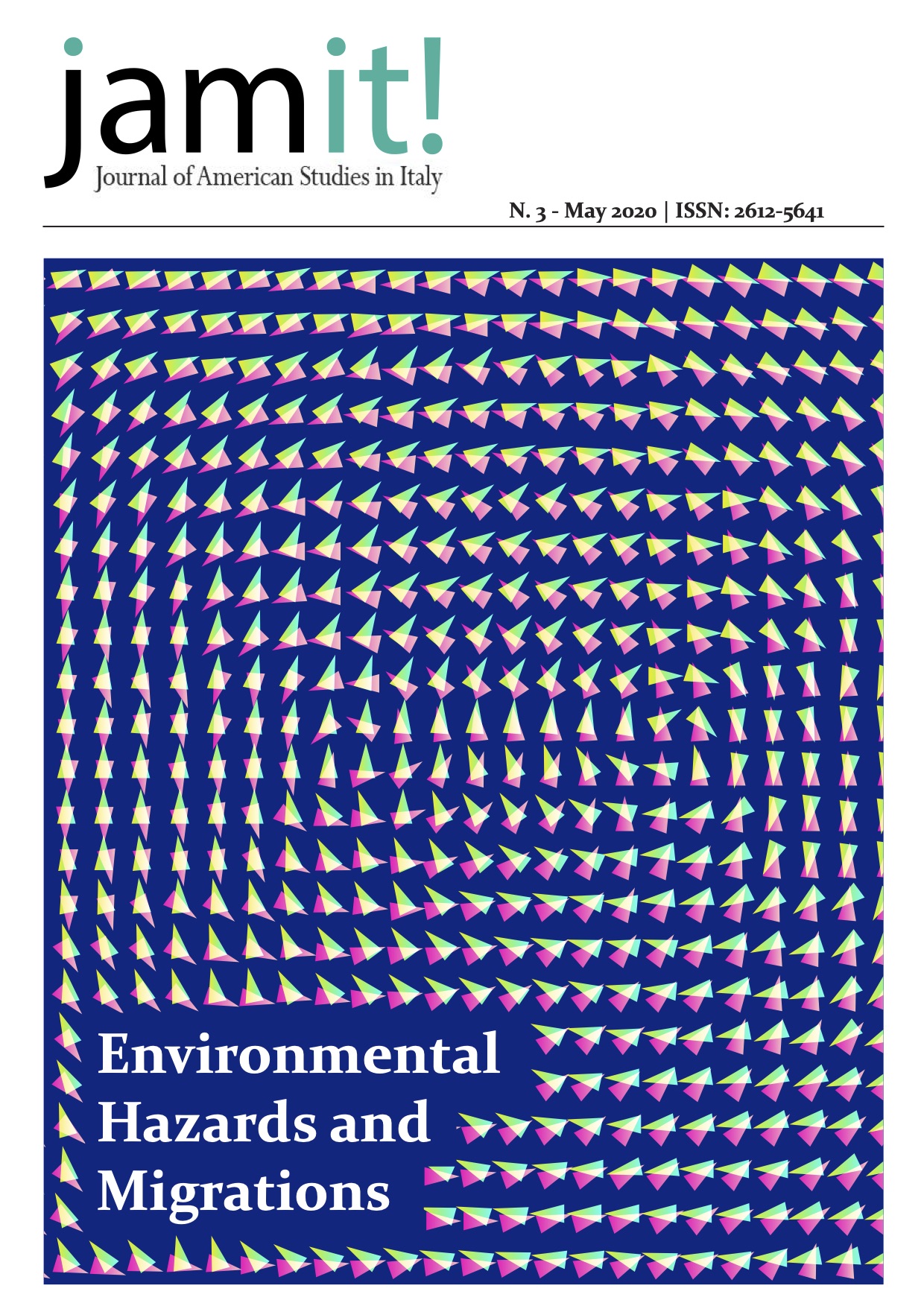Migrant Ecologies in the Press: Chicago Italians and The Tribune
DOI:
https://doi.org/10.13135/2612-5641/4234Keywords:
Environmental History, Italian Migration, Chicago Tribune, Urban EcologiesAbstract
During the age of mass migration (1850-1940) more than 4 million Italians reached the United States. The experience of Italians in United States cities has been largely explored during the twentieth century and produced a vast amount of academic literature. However, the study of migrants’ adjustment practices connected to nature is a quite recent concern, also for Environmental History. Migrants' visions of nature influenced their practices and attitudes toward the environment, helping them to be resilient and adjust to different urban contexts and manage the sense of displacement provoked by their encounter with a U.S. metropolis at the turn of the twentieth century.
Italians of Chicago, for instance, in their quest for a partial self-sufficiency brought into the urban space non-urban practices—like the raising of animals, the farming of many vacant lots in the city, and the collection of different kinds of materials from the urban landscape—which challenged the modernity project that was deeply embedded in the functionalist city enterprise. Their way of inhabiting the city was a performative activity, which generated hybrid spaces. In many cases though, these practices were perceived by U.S. authorities and public opinion as a sign of backwardness and an obstacle to modernity: this complicated immigrants' aim for self-sufficiency and generated conflicts over the uses of urban space.
One of the challenges that emerge from the study of migration phenomena through the lens of environmental history is the lack of sources: where can scholars find the environment in migration studies’ sources? With this article we address such an apparent epistemological blank spot by analyzing one specific kind of written source: we aim to explore the Italian experience in Chicago through the articles of the newspaper The Chicago Tribune, which we analyze following the socio-ecological dichotomy of proper urban space vs. unruly migrant practices. Known for its nativist, isolationist, and anti-Catholic positions—which targeted the Irish before shifting to Italians—The Tribune played the role of an anti-Italian-immigrant press organ from the 1870s until the first decade of the twentieth century. In an era when white Anglo-Saxon primacy within society, racism, and discriminatory discourses on immigrants’ ethnic qualities were commonly accepted as scientific, The Tribune reportage of Italians’ poor conditions and livelihoods concurred in re-enforcing such a narrative. With this article, we want to show that through the often biased and deformed lens of the WASP middle-class press, it is possible to reconstruct Italians’ and other immigrant’s urban practices, as well as to show how so-called modernization processes were contested and resisted by various marginal urbanites.
Downloads
Published
Issue
Section
License
Authors who publish with this journal agree to the following terms:
- Authors retain the copyright and full publishing rights for their submissions to the journal.
- Authors grant the journal right of first publication with the work simultaneously licensed under a Creative Commons Attribution-NonCommercial-NoDerivatives 4.0 International License that allows others to share unedited work for non-commercial purposes with an acknowledgement of the work's authorship and initial publication in this journal.
- Authors are able to enter into separate, additional contractual arrangements for the non-exclusive distribution of the journal's published version of the work (e.g., post it to an institutional repository or publish it in a book), with an acknowledgement of its initial publication in this journal.
- Authors are permitted and encouraged to post their work online (e.g., in institutional repositories or on their website) prior to and during the submission process, as it can lead to productive exchanges, as well as earlier and greater citation of published work (See The Effect of Open Access).




